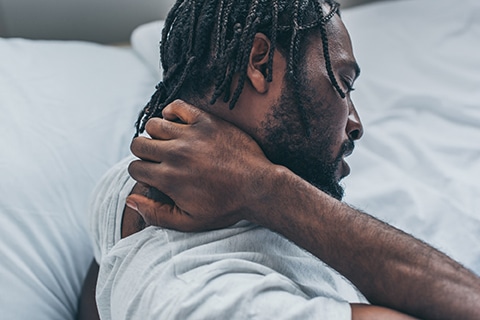
Opioid usage as a treatment or balm for chronic pain is a costly and often ineffective option for those who suffer with this condition. It is well established that the opioid epidemic creates a financial strain through higher health care costs, time off work, and negative biopsychosocial impacts, such as chronic pain cycles and depression. This cycle leads to negative impacts for not only the individual, but the family, as well as society.
In fact, according to an Institute of Medicine report, chronic pain costs, between $560-$635 billion annually, are greater than the annual costs of cancer and diabetes combined. These annual chronic pain costs include direct costs, lost productivity, lost work hours, and lost wages.
But what if there were proven, less costly, approaches to managing pain?
Treating chronic pain with conservative Physical Therapy (PT) can create a path for reduced opioid use. PT has been clinically shown to be effective at controlling pain and decreasing opioid use by addressing issues including, but not limited to, muscle imbalance, soft tissue restrictions, and joint immobility, etc. through therapeutic exercise and functional training. In fact, evidence suggests that there is a direct association between increased muscular strength and decreased pain. And equally important, exercise can decrease an individual’s perception of pain.
Physical Therapists are highly qualified in defining and teaching appropriate exercises for their patients. They are also experts at educating patients on proper movement patterns and body mechanics, thereby decreasing pain and reducing the risk of injury. Understanding the patient’s pain response allows the Physical Therapist to better understand the source of the pain and educate the patient about alternatives to opioids.
According to the 2018 study, Physical Therapy as the First Point of Care to Treat Low Back Pain: An Instrumental Variables Approach to Estimate Impact on Opioid Prescription, Health Care Utilization, and Costs, “when lower back pain (LBP) patients saw a Physical Therapist first, there was lower utilization of high-cost medical services as well as lower opioid use, and cost shifts reflecting the change in utilization.”
These patients had significantly lower out-of-pocket costs. Further, costs appeared to shift away from outpatient and pharmacy toward therapy providers.
- Patients with LBP who received care first from a Physical Therapist experience lower out-of-pocket pharmacy and prescription costs.
- They reduced their likelihood of receiving an opioid prescription by 87% compared with patients who never visited a Physical Therapist.
- The Physical Therapist first group also experienced a 28% lower probability of having imaging services and 15% lower odds of making a visit to an emergency room.
Patients with chronic pain should consider consulting a movement professional, such as a Physical Therapist, to find ways to get moving safely and reduce a lifetime of pain.
